August 10, 2016
Urban Songlines: (re-) thinking coownership of public space
Written by Allard van Hoorn
Bruce Chatwin wrote about a method of mapping, spiritually embodying and managing the land of the Aboriginal Australians by ways of singing the shape of their natural environment. The cities we live in have become our habitat and the streets are collective, public property; squares and bridges are as much ours as is the mountain ridge to the aboriginal. So how to restore the ties with our urban spaces in which we spend such abundance of time and so much of our lives happen. How to restore some of that connection we might have had once to our land?
These Urban Songlines tell the stories of places, the possibility for relating to them through their histories, presents and futures, linked to the symbols of our culture already familiar to us; myths, legends, fairytales, scientific inventions, popular belief and poetry. The buildings, bridges and squares are translated into music to give voice to our architecture, unlocking the potential to see our daily environment in different ways by listening to spaces as opposed to seeing or inhabiting. And by giving the buildings-as-music away to DJ’s for free we spread those spaces through the act of sampling.

This Urban Songline (Water Score) is a commission site-specifically developed as sound-. and video work for Borusan Contemporary / Perili Köşk translating the Bosporus and the building into music by playing the shape of it's waves crashing against the quay as a musical score played over the 7 layers of the tower. Individual symphonic segments are installed on viewing / listening stations on all levels of the tower to be cumulatively enjoyed from vinyl record in the top roof room overseeing the Bosporus that created this music.
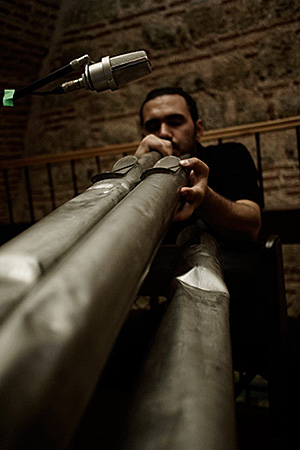
This is a song that was written for Beyaz Gül, the mistress of Cornelis Calkoen who died of a broken heart when the Ambassador was relocated in 1743 and didn't return as he passed away before he could. This song is to accompany Beyaz Gül on her long nights wandering the gardens where she is still occasionally been seen. Using the pipes of the disused organ of the chapel on the grounds of the embassy a haunting wail sounds for the return of her beloved.
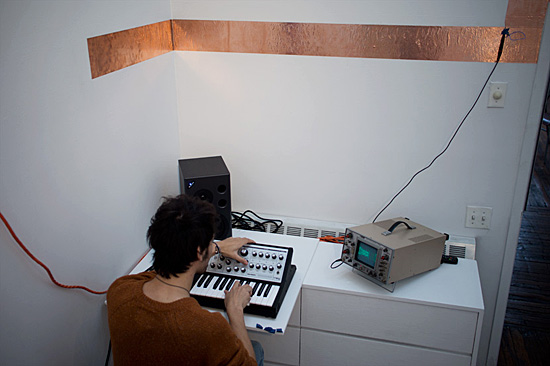
An installation of copper tape on walls that starts in the artist's studio and continues outside into hallways and staircases. The strip of copper tape, 6 inches high, connects people inside and outside the studio creating an electric current between them as it conducts their body's electricity.
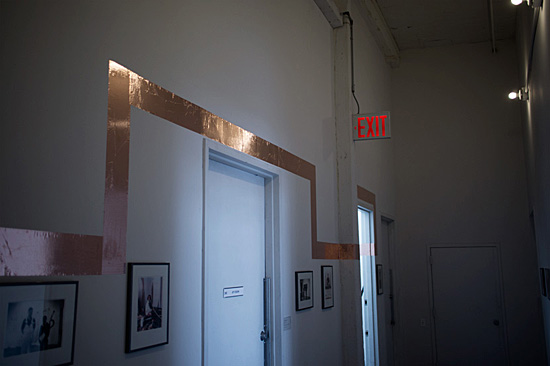
Inside an oscilloscope measures the voltage created and subsequently the graph on this machine is played as a score by a musician on Moog synthesiser. The resulting music is a sonic portrait of the building and its users as their bodies & the tape function as antennas transmitting their joint electromagnetic field.
Performer - Nils Davidse
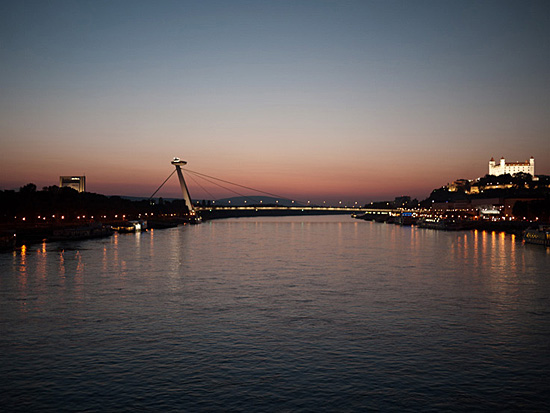
The sounds produced by Novy Most in Bratislava, the largest single-span suspension bridge in the world, were transmitted by Viennese Free Radio Orange 94.0, received back and subsequently translated into music to be listened to whilst enjoying the view towards 'free' Vienna from the observation deck of the bridge which was prohibited during the cold war.

The reasons why I decided to do this performance on the New Bridge were rooted in the history of the observation deck. Although it existed there from the very beginning of the New Bridge, and even if the structure was completed in the 1970s, it remained closed until recently because the 'capitalist' Austria could be seen from the observation deck. Therefore I decided to describe that line, the Urban Songline between the two cities in a radio-signal that was made into a permanent piece of music that could be listened to at that location and which describes that line of a view looking towards Vienna from Bratislava. Through this Urban Songline the two cities are now permanently connected.
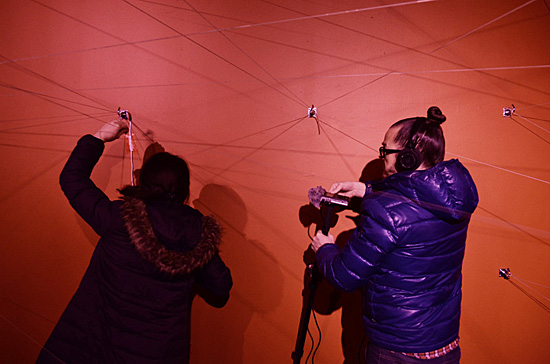
The installation consists of an interwoven network of strings throughout the façade designed by Steven Holl and Vito Acconci in 1993 and the gallery space that transform it into an interactive, responsive musical instrument. When a panel of the façade moves, the strings physically activate the totality of the façade and acoustically transform the space of the gallery making the different spatial transformations audible for visitors through electronic transformation. Scenarios of sounds are generated back into the space as soon as people play this building.
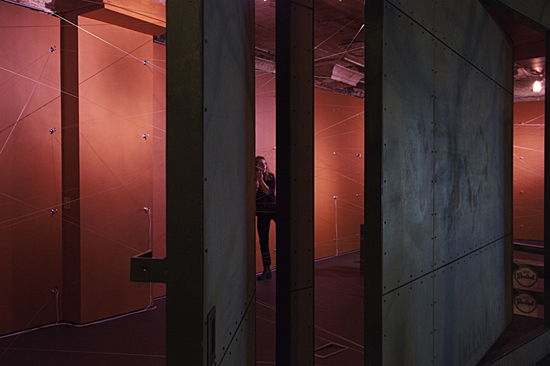
Visitors become performers and are encouraged to manipulate the installation as they transcend the space by moving the panels of the façade and stretching and playing the fields of strings with their hands and bodies, thus constructing and transforming the acoustic and visual topography of Storefront for Art and Architecture in New York City.
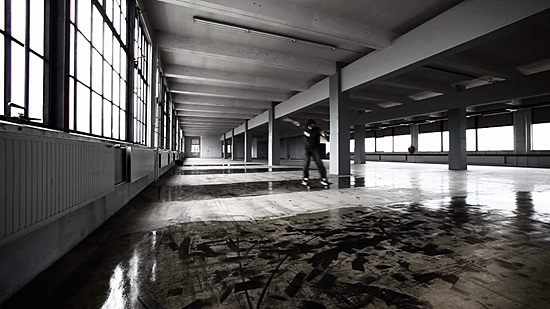
For Flux-S Arts Festival I invited, in collaboration with Mexican composer Jomi Delgado, skateboarder Michiel 'Kledder' Kelders of AreaFiftyOne skate park to ride the architecture of the SBP building on Strijp-S in order to record the noise that is created under his skateboard and around him. These sounds are then transformed by electronic devices into a musical composition resulting in a translation of the visual aspect of the building into an audible one. The philosophers Deleuze and Guattari state that in order to territorialize e.g. give significance to a place we must first de-territorialize, done here by stripping-off original meaning and reducing the topography of architecture into noise (= nonmusic), and subsequently re-territorialize, in this case by creating a musical soundscape from this noise, to allow imagining a new relationship to this place.
Allard van Hoorn is a contemporary performance-, sound- and installation- artist collaborating across the disciplines of architecture, music, theater and design, choreographing scripts and scenarios for the urban environment and spatial structures where he investigates our relationship to the shared domain and our possibilities of negotiating co-ownership and appropriation of public space.
Van Hoorn's works have been shown at institutions like Gasworks, London, the Stedelijk Museum CS in Amsterdam, the Museum of Contemporary Art in Shanghai, the Van Abbemuseum in Eindhoven, the Netherlands, Museu de Arte Moderna da Bahia, Salvador de Bahia, Brazil, The Moore Space in Miami, Museo de la Ciudad de México, the German Architectural Center (DAZ) in Berlin, the Zendai Museum of Modern Art in Shanghai, CCCB in Barcelona and the New Museum of Contemporary Art in New York.











